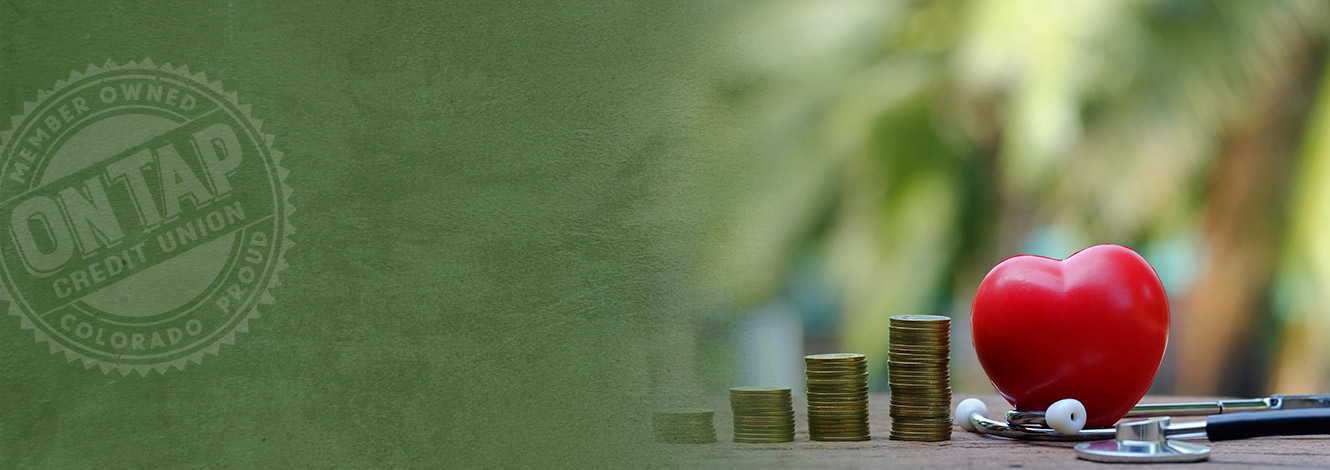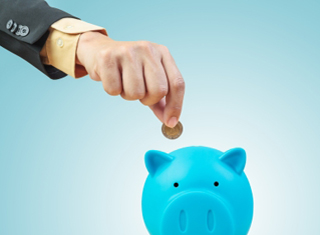

Building Your Emergency Fund
Posted on July 15, 2015
Financial experts recommend that everyone have an emergency fund to cover 3 to 6 months of expenses.
This way, if you lose your job unexpectedly you’ll be able to continue paying your mortgage or rent and other expenses without going into debt while you find another position. Also, of course, the funds will be there for other emergencies, such as car repairs or replacement appliances if yours break down.
 Calculating your ideal, minimum emergency fund is a simple matter of adding up your monthly bills, including mortgage or rent, car or other loan payments, utilities and phone bills, insurance premiums, food and other recurring fees. Once you know your monthly total, multiply it by three (or more, if you’d feel more comfortable with a financial bigger cushion) to calculate your emergency fund goal.
Calculating your ideal, minimum emergency fund is a simple matter of adding up your monthly bills, including mortgage or rent, car or other loan payments, utilities and phone bills, insurance premiums, food and other recurring fees. Once you know your monthly total, multiply it by three (or more, if you’d feel more comfortable with a financial bigger cushion) to calculate your emergency fund goal.You’ll want to keep your emergency fund accessible in either a checking or savings account – you don’t want it locked into a long-term CD or other account that will take time to access in case you really do need it for an emergency, which typically means fast. One option is to have two emergency fund accounts: one for immediate emergencies that you have instant access to via debit card, check writing or cash withdrawals, and one that can take a few days to access but perhaps offers a better interest rate. Banks don’t offer accounts called “emergency fund accounts,” savers need to designate the account themselves.
Building your emergency fund can seem a daunting task, but the financial stability and peace of mind it offers makes the effort worthwhile. As with any savings plan, set small, achievable goals and stick with it, and your fund will grow over time. Consider setting up a direct deposit from your paycheck, or make a concerted effort to reduce your household or personal expenses and put the savings into your emergency fund account. Once you’ve reached your savings goal, you can return to your previous spending level – or even better, keep your new savings habit to build a bigger financial safety net or for another goal like a a new car or a dream vacation.
Our expert financial representatives are available to meet with you to help you determine how much of an emergency fund is right for you, and to help you get started.
Photo by FrameAngel via freedownload.net

